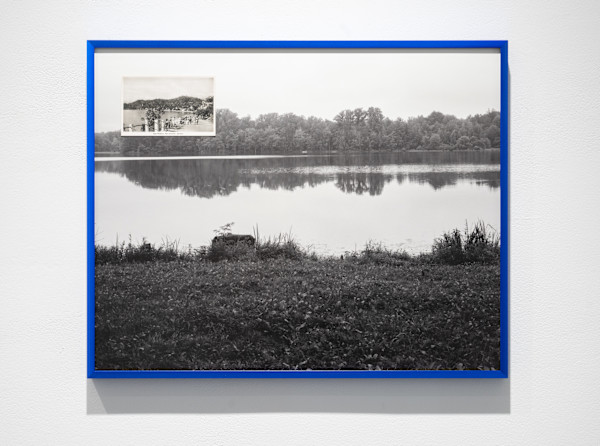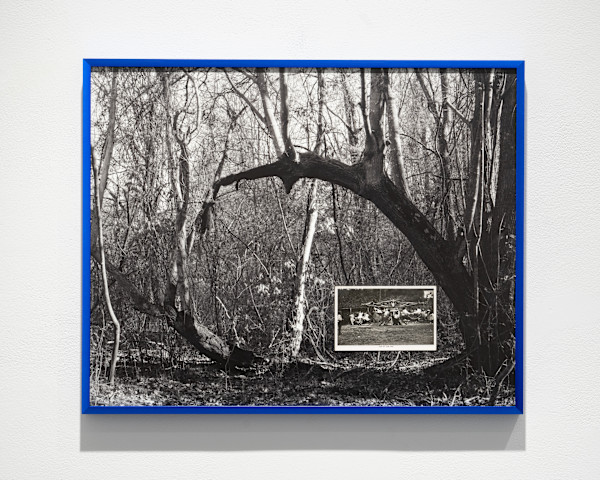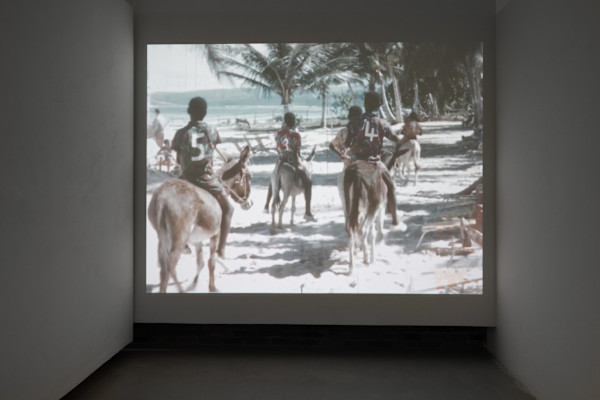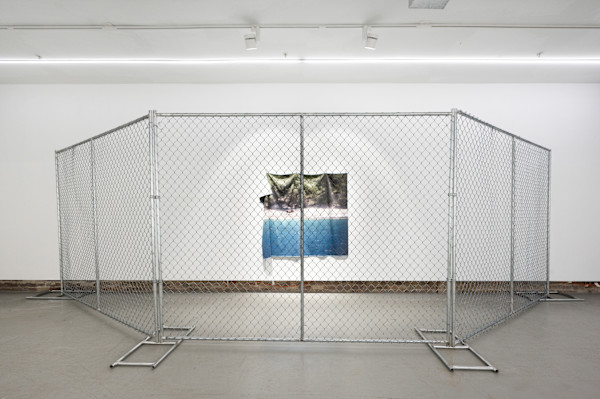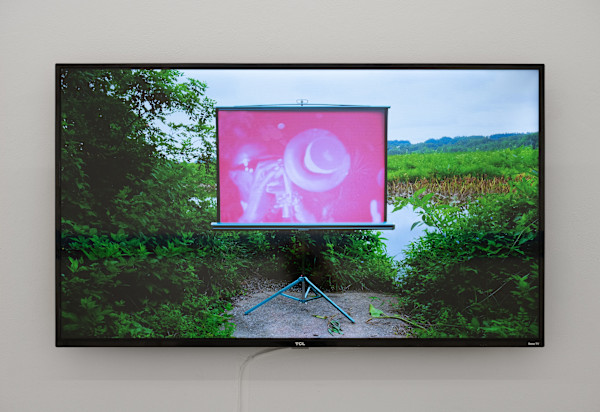Soft Monuments
- September 06, 2025 - October 11, 2025
Washington, DC: Hamiltonian Artists is pleased to present Kat Thompson’s solo exhibition, Soft
Monuments. Interrogating the presence of colonial-era monuments in the Caribbean,
Thompson’s latest body of work considers the quiet power that markers of memory hold, and
their capacity to capture, obscure, and reflect post-colonial transatlantic memory.
Traditionally, the state-sanctioned structures are built to be permanent, spectacular
commemorations of imperial power and conquest. Soft Monuments offers a counter-approach:
intimate and delicate works that evidence time rather than resist it. Drawing from personal
archives, Thompson thoughtfully samples Kodachrome and Ektachrome slides, 16mm color
home movies, and found photos—remixing them into collage-based installations, video and
sculptural works. Repurposing photographic materials that naturally fade, warp, and shift in
color, Thompson foregrounds fragility, the passage of time and its influence on our recollection
of the past.
For Thompson, softness is found in both physical qualities and emotional affect. Within
socioeconomic landscapes shaped by redlining and privatization that boosts tourism while
restricting local access, souvenirs—like monuments—become charged symbols of extraction
and erasure. Nodding to what scholar Krista Thompson calls “tropicalization,
” the exhibition
features fabricated 3D-printed film slide keychains, found travel brochures, and related objects.
In contrast to their polished aesthetics, archival images that were captured and kept through
intimate lived experiences anchor the viewer in the interconnected, tender realities that exist on
the margins of touristic fantasy.
Deploying layered meaning and contradiction, Thompson’s soft monuments invite viewers to
maneuver between the personal and political, cultural authenticity and neo-colonial artifice.
Offering broader context for her latest work, Thompson shares the following,
“In the Caribbean, monuments often stand as silent witnesses. They rise from town squares and
waterfronts as if neutral markers of heritage, but their permanence is a fiction—one that masks
the violence, displacement, and historical erasures they’re built on. I want to challenge this and
other commemorative traditions, which are so deeply rooted in colonial power, by proposing
alternative models that center fragility and multiplicity.

